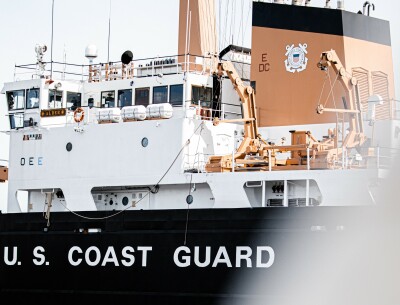Ed Mertz likes to fish, but these days he won’t stray too far from shore.
“I’m still kind of chicken,” he says as he casts weighted troll lines in an inlet close to his home in Sitka, in southeastern Alaska. “I look at that forecast, and if it’s not good, it’s like, I don’t want to go.” In 1983, Mertz, now 62, was working on a six-man fishing vessel when it ran aground, flooded, and sank in Alaskan waters. He and two fellow fishermen scrambled onto some rocks, where they spent a bitterly cold night huddled together in survival suits. The bodies of the three others were found the following day by a Coast Guard rescue helicopter.
Commercial fishing has for decades been among the most dangerous professions in America. The most recently available figures from the U.S. Bureau of Labor Statistics, from 2013, show fishermen were about 36 times more likely to die on the job than the average worker. Yet government efforts to address the safety problems have been slow. “The administration and Congress haven’t done their job,” says J.J. Bartlett, president of the Fishing Partnership, an advocacy group representing commercial fishermen. “It’s meant that fishermen are dying unnecessarily."
Read the full story at Bloomberg Business >>
Read more about the Coast Guard >>






